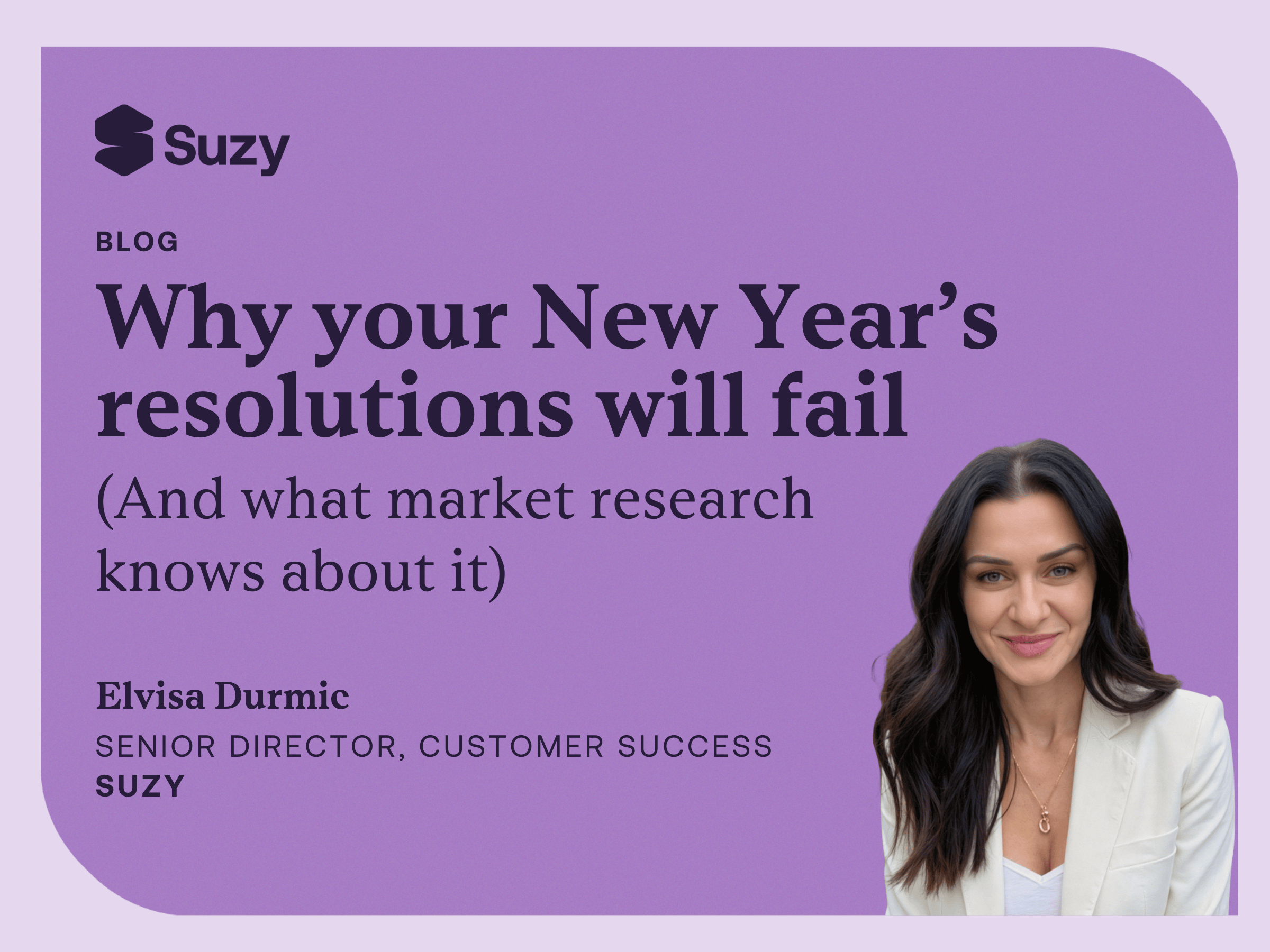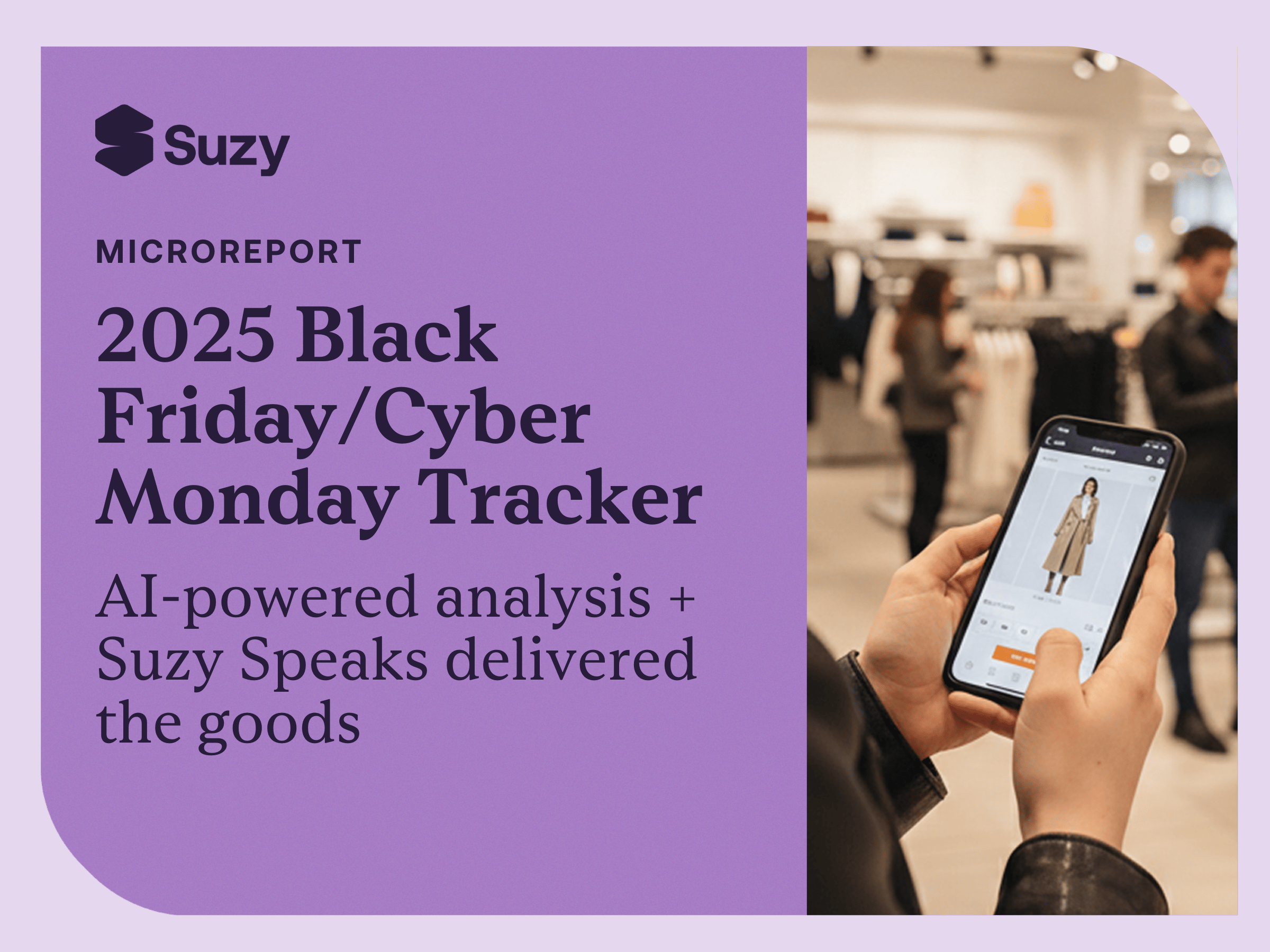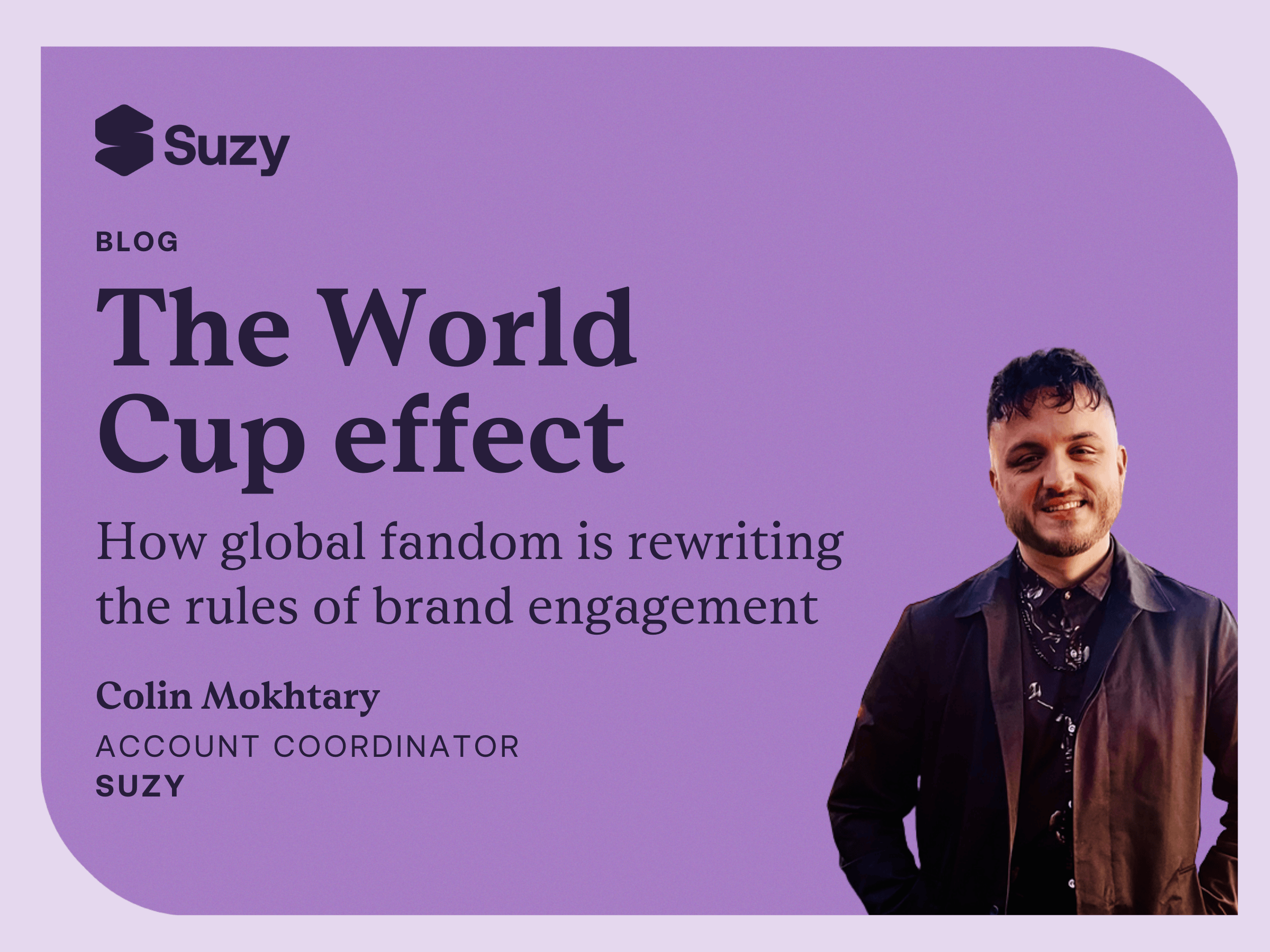In the ever-evolving landscape of market research, the choice between using panels or communities has become a pivotal consideration for businesses aiming to understand their consumers better. Both methodologies offer unique advantages and limitations, and a thoughtful approach is necessary to maximize the return on investment (ROI) for businesses. In this blog post, we explore the dynamics of conducting research using panels versus communities, including exploring the motivations, challenges, and intricate balance required for optimal results.
Communities vs Panels
Before we start, let’s define what communities and panels are. Communities and panels, while similar in their collective nature, serve distinct purposes and are structured differently.
Communities are groups of individuals united by shared interests, goals, or characteristics. These can be physical or virtual spaces where members engage, share knowledge, and support each other. Communities are typically open-ended in terms of membership and activities, fostering organic interactions and relationships among members.
Panels, on the other hand, are specifically curated groups of people assembled for the purpose of conducting market research. Panel members are selected based on certain criteria relevant to the research objectives and are often compensated for their participation. Panels provide structured feedback, opinions, and data to researchers, offering insights into consumer behavior, preferences, and trends.
While both communities and research panels involve groups of people, the key difference lies in their purpose: communities focus on shared engagement and support, while panels are designed for broader use cases and research needs.
Why Do Consumers Join Communities and Panels?
To understand which audience to use and why, it’s important to think about why consumers are drawn to certain places in the first place. Then, you can more accurately leverage an audience to help you meet your research goals.
Communities: A Social Haven
The primary motivation for consumers to join communities is the desire to have their voices heard by a specific brand. Communities are often positioned as platforms for consumers to voice their opinions, affect change, and build relationships within a psychologically safe space. A consumer in a community is motivated to drive an impact on the products that they typically buy from that brand.
For brands, organic chatter within communities is a valuable source of insights and is an opportunity to gain a deeper understanding of consumer sentiments and behaviors.
Panels: Personal Autonomy and Achievement
On the other hand, participation in panels, like Crowdtap, is often driven by more personal motivations. Consumers value the freedom and control they have over their research contributions, enjoying the autonomy to participate when it suits them as well as influencing multiple brands. The gamified nature of panels, with the opportunity to earn rewards and gain points, keeps individuals engaged and motivated by a sense of achievement.
Unlike communities that emphasize social connections, panels typically focus more on individual experiences rather than group dynamics. This individual-centric approach allows for greater flexibility in research participation, while still allowing consumers to feel a sense of contribution to the research goals.
Use Cases and Limitations
Communities: Creative Exploration
Communities really come alive in creative research! Using techniques like projective methods, research can uncover deep insights by tapping into emotions and giving creative assignments. Since communities focus on building long-lasting relationships with consumers by constantly engaging a group with similar interests and behaviors, researchers can use them to dig into their deeper thoughts (System 2 thinking), and discover hidden perspectives that traditional methods might overlook.
However, the challenge of maintaining a fresh sample for iterative research limits the versatility of communities across the research lifecycle. The expense associated with facilitation and the potential dominance of a few voices in organic chatter also pose limitations.
Panels: Scaled Efficiency Enhanced Through Audience Variety
Panels, recognized for their emphasis on individual contributions and rapid, iterative research, excel in efficiency for a broad spectrum of use cases. Their structure is particularly advantageous for gleaning individual insights and exhibits exceptional adaptability to meet diverse research demands. The inherent value of panels extends significantly with their capacity to access a wide variety of audiences simultaneously.
Unlike custom recruiting which is required for communities, panels eliminate the necessity to commit to a single audience, enabling researchers to engage with multiple demographic or interest groups for various project needs without enduring the lengthy wait times and high costs associated with custom recruitment processes. As such, panels stand out as a cost-effective strategy for businesses pursuing multiple research objectives or needing to understand a broad spectrum of audience perspectives.
Overcoming Challenges and Maximizing ROI
Community Challenges
Communities face challenges related to potential bias, smaller sample sizes, and the need for recontacting. Although leveraging dedicated brand enthusiasts typically yields valuable insights, effectively coordinating recontact logistics within this echo chamber and providing incentives for long-term participation are essential for sustaining engagement and ensuring sufficient sample sizes. However, managing these aspects can pose significant challenges. To determine the appropriate sample size needed for your community, try our free sample size calculator below:
Cost Considerations
Communities come with a significant cost, primarily attributed to facilitation overhead, recruitment expenses, and incentives. Despite the expense, the value lies in the in-depth insights gained over time. The challenge is balancing the costs against the long-term benefits and aligning community objectives with the organization's research goals.
Exploring the Hybrid Approach
Recognizing the strengths of both communities and panels, a hybrid approach is a strategic solution. Communities excel at organic idea generation as it relates to a specific brand, while panels provide idea generation, validation, and broader testing. This collaboration allows for a seamless transition between the two methodologies, enhancing the research journey and providing actionable insights.
The choice between communities and panels is not a binary decision but rather a strategic consideration based on research objectives, audience characteristics, and budget constraints. Businesses must navigate the delicate balance between the social dynamics of communities and the transactional efficiency of panels to unlock a comprehensive understanding of consumer behavior. The future of market research lies in the synergy of these methodologies, creating a holistic approach that maximizes insights and minimizes limitations.
In conclusion, the optimal direction for a research project hinges upon its overarching objectives. By recognizing the distinctive strengths of both communities and panels, a hybrid approach can strategically leverage their complementary qualities, seamlessly transitioning between organic idea generation and validation to yield actionable insights. Ultimately, the choice between these audiences should be guided by a careful assessment of research goals, audience dynamics, and resource allocation, emphasizing the importance of a holistic approach to market research for unlocking comprehensive understandings of consumer behavior.
The Suzy Difference
With Suzy Audiences and Public Link, you don’t have to choose between communities or panels. Our platform offers the best of both worlds including integrating AI-powered qualitative analysis to expedite the extraction of insights from your community research. Suzy Audiences enhances your research capabilities by allowing you to screen and store key audiences— as many as you wish—directly on Suzy. This enables you to target a diverse range of audiences and retarget consumers for both quantitative and qualitative methodologies, providing a deeper understanding of consumer behavior and preferences.
Furthermore, the addition of Public Link expands your research toolkit even further, granting you the ability to connect with your own proprietary audience, and enriching your ability to conduct comprehensive research. Through Data Explorer, Suzy empowers you to analyze data across all of your research. This comparative analysis aids in identifying trends, illuminating segments, and uncovering deeper insights across various audiences.
Together, these tools position Suzy as a comprehensive solution that bridges the gap between the broad reach of panels and the depth of communities, all while streamlining the research process.
Want to see how it works? Book a demo with our team today.
.webp)







